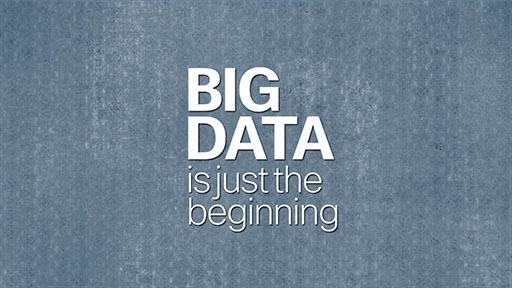2.2.12 Big data analytics (cont.)

Transcript
Big data applications must be able to gather this data and structure it in a way that can create value for organisations. For example, big data applications must account for changing data sources and trends, such as:
- mobility − mobile devices, events, sharing, and sensor integration
- data access and consumption − internet, interconnected systems, social networking, and access models
- ecosystem capabilities − major changes in the information processing model and the availability of an open source framework
As a result, the cost and complexity of these models has increased, prompting changes in the way big data is stored, analysed, and accessed. Organisations must adjust their current data models to accommodate big data. As a result, organisations are increasingly using virtualisation and cloud computing to support their big data needs.
